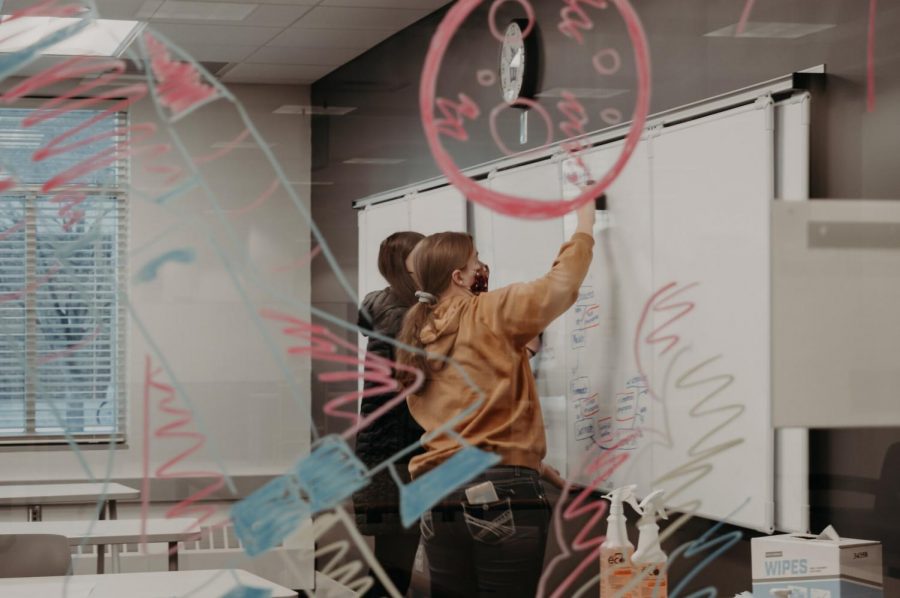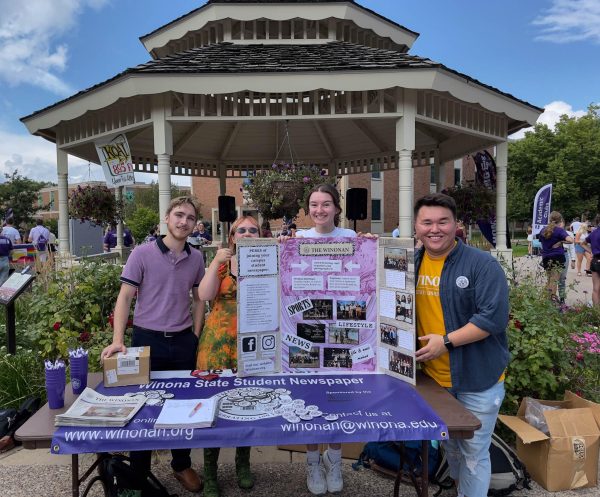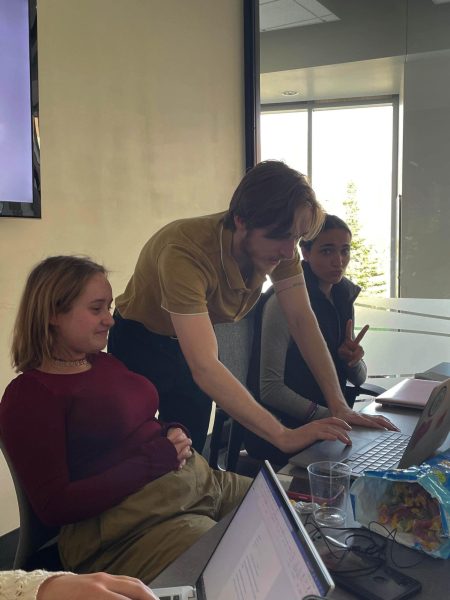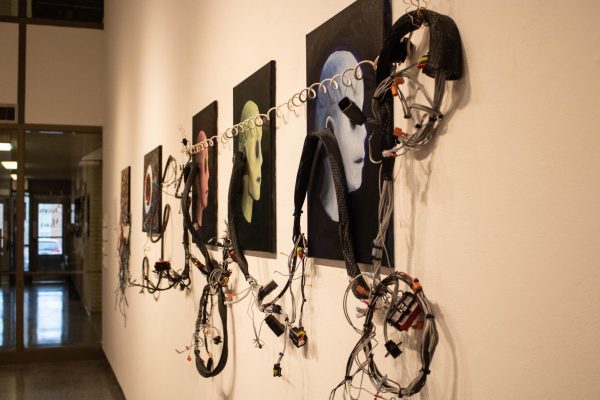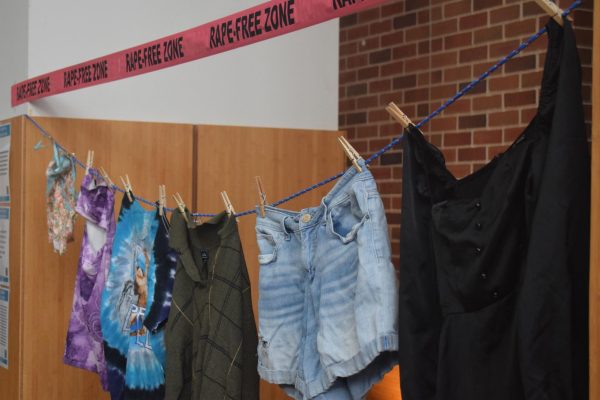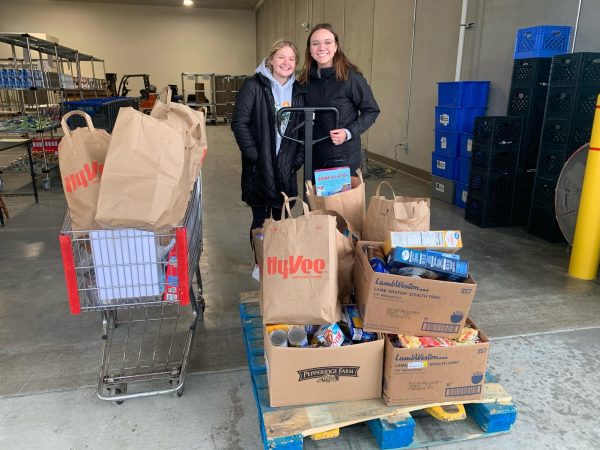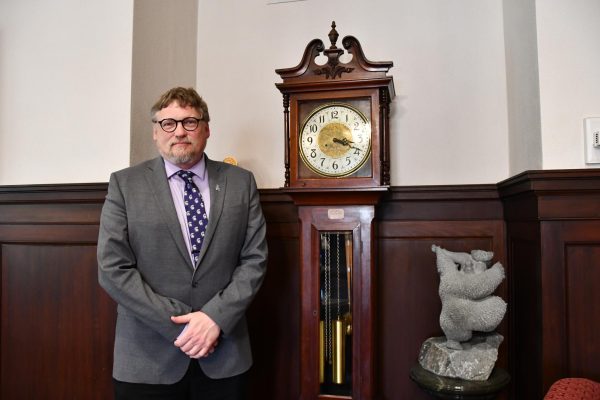WSU dining services struggle during “slow roll”
The transition from orange to yellow, made more in-person classes accessible maintaining proper physical distancing practice.Classrooms are now allowed upto a maximum of 50 students for in-person learning.
February 10, 2021
Winona State University announced via email on Jan. 29 the COVID-19 severity level on campus transitioned from orange to yellow.
The changes pertained to the Integrated Wellness Complex (IWC), dining options, social gatherings and classroom sizes, signalling the start of a “slow roll” phase. The “slow roll” will allow students and faculty to occupy the gyms, studios and fitness centers at 25% normal capacity, which is 150 people maximum per facility. Fitness classes have a 25-person maximum limit, with a 12-foot distancing requirement between individuals at all times. Classrooms are allowed a maximum of 50 students for in-person learning, with physical distancing and assigned seating in place. Indoor social gatherings are currently allowed with a maximum of two households or 10 people. Three households can gather with a maximum of 15 people as long as the gathering is outdoors. University dining halls have a max occupancy of 50%.
John Sinniger, director of dining services on campus, said they are planning to adjust restrictions in the dining hall.
“We want to readjust the tables and change the restrictions from six feet to four feet so that students are able to have more social interaction, but the date on that is yet to be determined,” Sinniger said.
Sinniger said COVID has presented challenges for dining services, such as a loss of student staff.
“We lost about 18 non-student employees who are high-risk due to COVID. Usually we get 140 student employees, now we have 50 at the most. The numbers are only going down as COVID worsens,” Sinniger said.
Luke Ott, a first-year student majoring in creative digital media and minoring in advertising, said he feels the dining hall is relatively safe although there is still a risk.
“The way the dining center is set up (two to three people per table) is very safe. But overall, your mask is always off when you are at the tables, which ensures a risk. From a service perspective, not everyone will be safe with their masks, and that creates an even bigger risk,”Ott said.
Sinniger said students need to keep their masks above their nose at all times unless they are eating in the dining center.
“Students go up to workers and take their masks down. At this point, I know some individuals by heart. This creates a hostile working environment for our high-risk workers. Not only are you required to wear a mask, wear it correctly,” Sinniger said.
When compared to other higher education institutions, Ott said the university is a safer environment because of the size and community.
“It’s a nice and secluded town. I feel we are able to loosen our restrictions for that reason. Take a big school such as the U of M-Twin Cities, there would be way too many variables to be able to loosen any restrictions,” Ott said.
























































